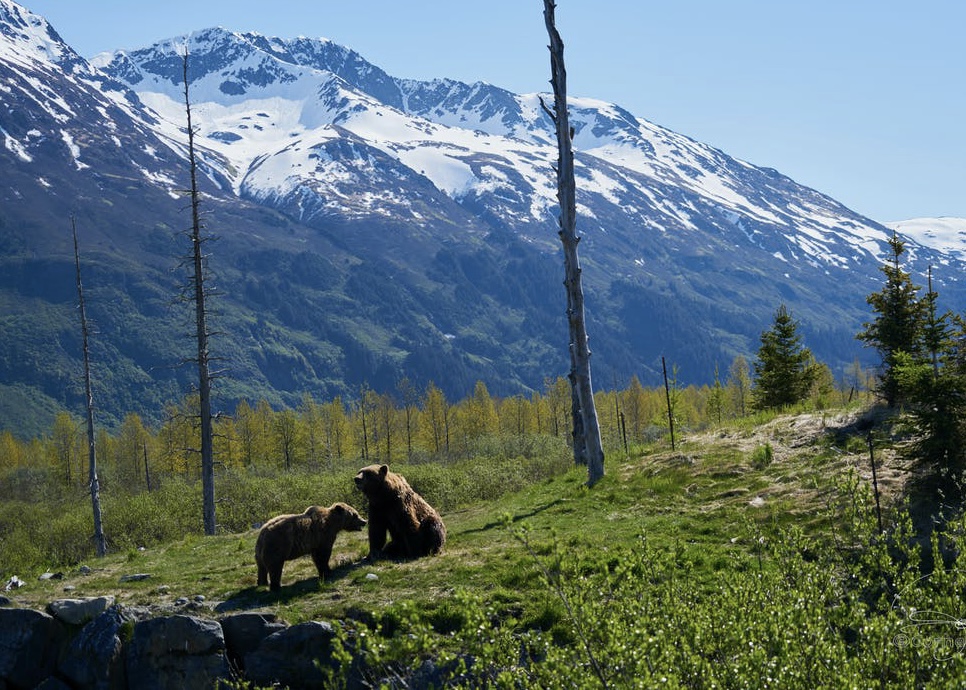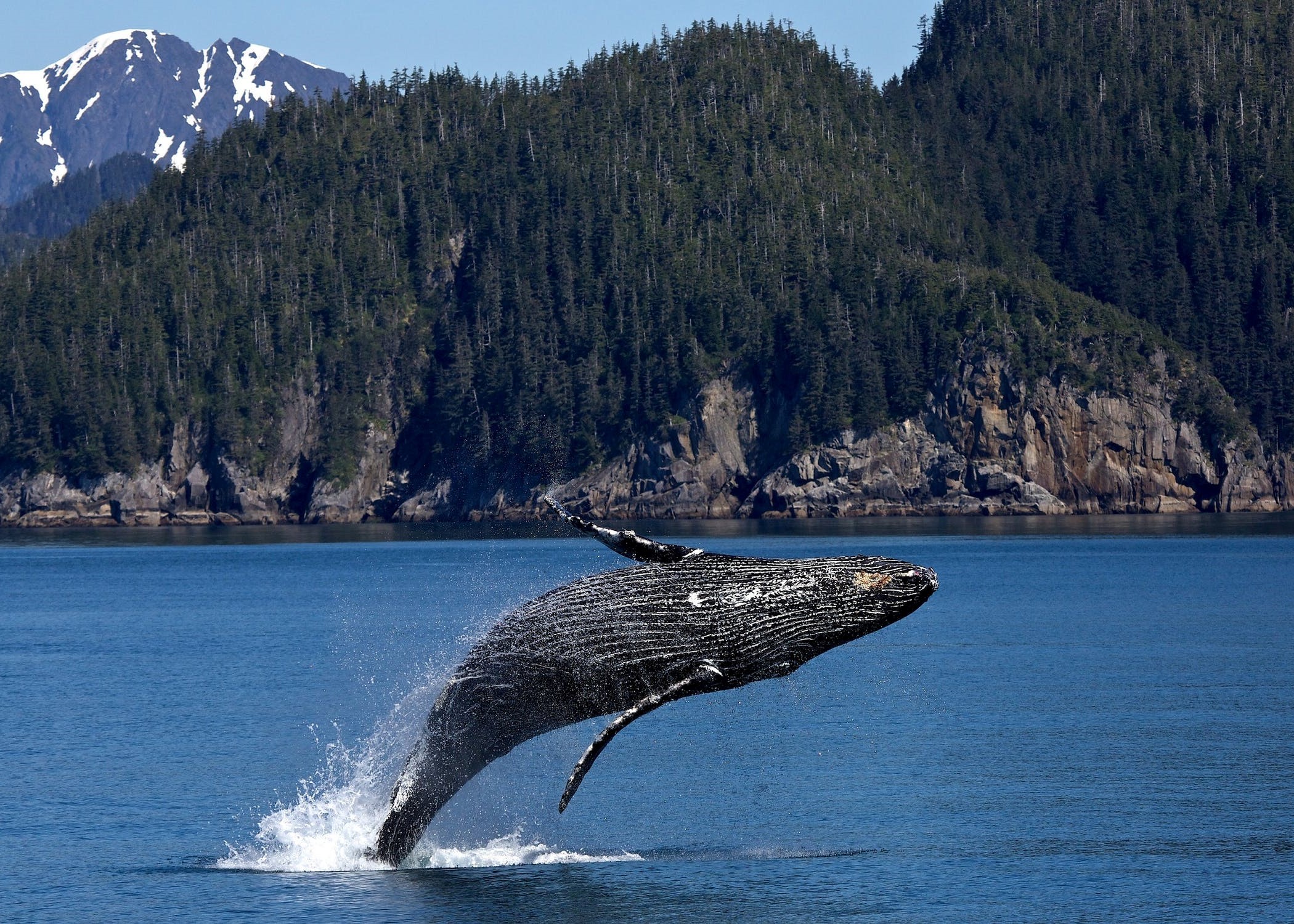There are countless ways to experience nature. We can stroll through parks, nature preserves, and wildlife refuges and feel a sense of peace and serenity away from the hustle and bustle of urban life. We can also immerse ourselves in the wild of the mountains, the desert, even underwater, which can sometimes lead to wildlife encounters that we never forget. Wildlife viewing is part of the excitement of stepping outside. Encountering any animal can be an incredible experience, and seeing a predator like a mountain lion, bear, or snake can be an especially thrilling and memorable experience, as long as we are educated and prepared about how to react.
In order to interact with nature safely, we must learn to be respectful of wildlife and to give wild animals space. Many species are vilified and misperceived as dangerous for just doing what comes naturally to them. When an animal attacks, it is usually because the animal is startled, feels threatened or is defending its territory. Millions of years of evolution have conditioned animals to develop these behaviors. Large predators like tigers, bears and hippos are highly territorial, and their instinct is to defend their space from intruders. Mothers are especially protective of their young. Sadly, this can be fatal for humans and animals alike. Wildlife officials often euthanize animals that have attacked a human, on the basis that they might do it again (The Washington Post). It is in the best interest of people and wildlife if we understand why these negative interactions occur, so they can be prevented.
A confluence of factors can contribute to animal attacks. Human developments are infringing into more and more rural areas, which contributes to habitat loss and places people into direct contact with large, territorial predators like wolves and mountain lions. In some parts of the world, humans have decimated the natural populations of wild prey such as wildebeest and deer, which drives predators into urban areas looking for food. They might be attracted to garbage, livestock, or even pets. People have also been found approaching wild animals, trying to get the perfect photo or simply to get a closer look, which is a mistake.
Although wild animals can be dangerous, attacks are actually quite rare. A study published in the journal of Wilderness and Environmental Medicine reported an average of just 157 deaths from animal attacks in the U.S. each year. A subsequent study reported that a high percentage of those fatalities were caused by farm animals and dogs.
Humans are far more deadly to animals than animals are to us. The Humane Society of the United States reports that hundreds of thousands of wild animals in the U.S. and around the world are killed by hunters each year, with hardly any connection to conservation funding or invasive species management. According to the World Wide Fund for Nature’s 2020 Living Planet Report, the average size of wildlife populations declined by 68% between 1970 and 2016. Habitat loss, climate change, and pollution are driving our planet’s sixth mass extinction event.
Safe experiences in the natural world are essential to reinforcing a global conservation ethic that will help to prevent further losses in biodiversity. When visiting natural areas, we must remember that we are guests and give wild animals their space. Don’t approach animals or give them food, which conditions them to expect food from people. According to the National Park Service, this can lead to aggressive behavior, and ultimately to the animal being euthanized if it is deemed a threat to public safety. Rather than be fearful of wild animals, our best defense is to remain calm, keep a safe distance, and be prepared. Depending on the situation, that might mean playing dead, making loud noises, or simply moving slowly away from the animal. It’s important to do your research and familiarize yourself with the best methods for avoiding an animal attack in whatever part of the world you’re lucky enough to be exploring.






